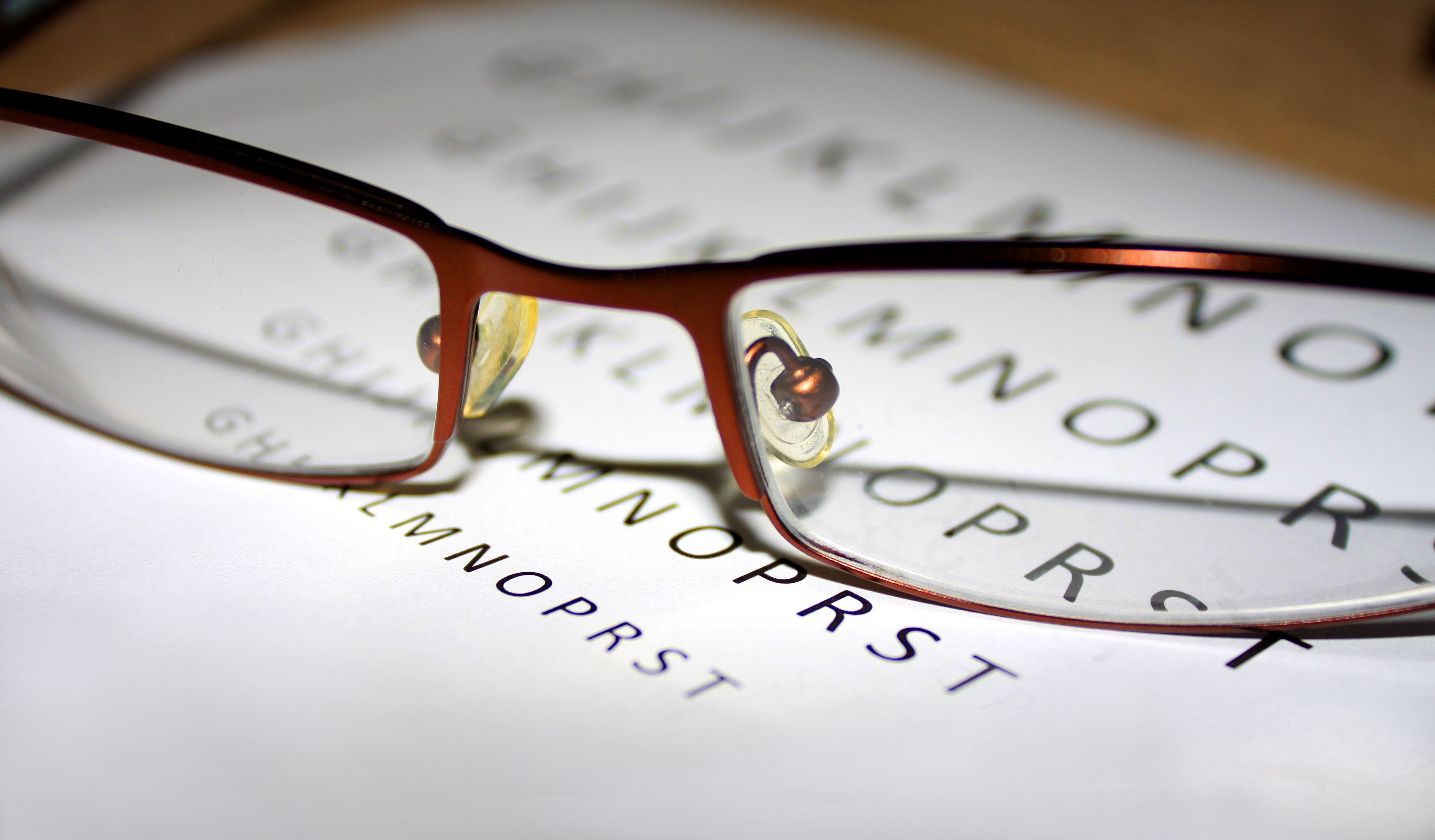Article
Lighting System Quality May Impact Color Discrimination in Patients With Glaucoma
Author(s):
Patients with glaucoma who were tested under a quantum dot LED were able to better distinguish differences in color, indicating that the quality of light systems may have an impact on color discrimination.
New study findings indicate that among patients with glaucoma, there are no differences in ability to identify black and white items in visual acuity and contrasts tests conducted via different lighting systems.
However, the study, published in BMC Ophthalmology, did show that patients with the condition who were tested under a quantum dot light-emitting diode (LED) could better discern differences in color, indicating that the quality of light systems may have an impact on color discrimination.
“The results of this study indicated that glaucoma patients had no difficulty distinguishing black and white under different types of light sources or different light quality if the different light systems had the same illuminance,” wrote the researchers.
“However, the ability of glaucoma patients to distinguish color was significantly different according to the color-rendering index [CRI]," they said. "The CRI is one of the major and traditional performance metrics and constant values used to judge color quality and is well known as a color metric used to reproduce good saturated colors of illuminated objects under white conditions.”
The study leveraged 3 different lighting systems—a 3-band fluorescent lamp, a white LED, and a quantum dot LED—across 36 patients with primary open-angle glaucoma. Across the 3 systems, best-corrected visual acuity—assessed by Early Treatment Diabetic Retinopathy Study charts used at a distance of 3 meters—was not significantly different. There were also no significant differences in the detail contrast test results among the 3 groups.
The color testing measured total error scores and showed that patients using the quantum dot LED had significantly lower scores compared with patients using the other 2 lighting systems.
“Glaucoma patients with deficiencies in color discrimination could be affected, not by the type of light system with the same illumination, but the quality of the light system, especially the CRI. Patients with more severe visual field defects had a lower ability to discriminate color,” explained the researchers.
“Thus, a more high-quality light system could increase the ability of color distinction and may increase the quality of life (QoL) in glaucoma patients because the relationship between ability of color distinction and QoL has been closed,” they said.
The researchers suggested future studies investigate the safety of the main target organ or cells in glaucoma that are affected by different light systems.
Reference: Kim SW, Go Y, Kang S, Lee CK. Quantitative visual tests in primary open-angle glaucoma patients according to three different lights with different color-rendering index. BMCOphthalmol. Published online May 28, 2021. doi:10.1186/s12886-021-02005-2





